If you like a tidy, green lawn, have grazing animals, or are tired of digging weeds out of your flower beds, buttercups might not be your friends. These sunny yellow flowers can bring a smile to a child’s face (“Do you like butter?”), but they can quickly become a nuisance to gardeners.
Before we dive into how to get rid of buttercups in lawn and garden areas, let’s explore some helpful background info.
About Buttercups
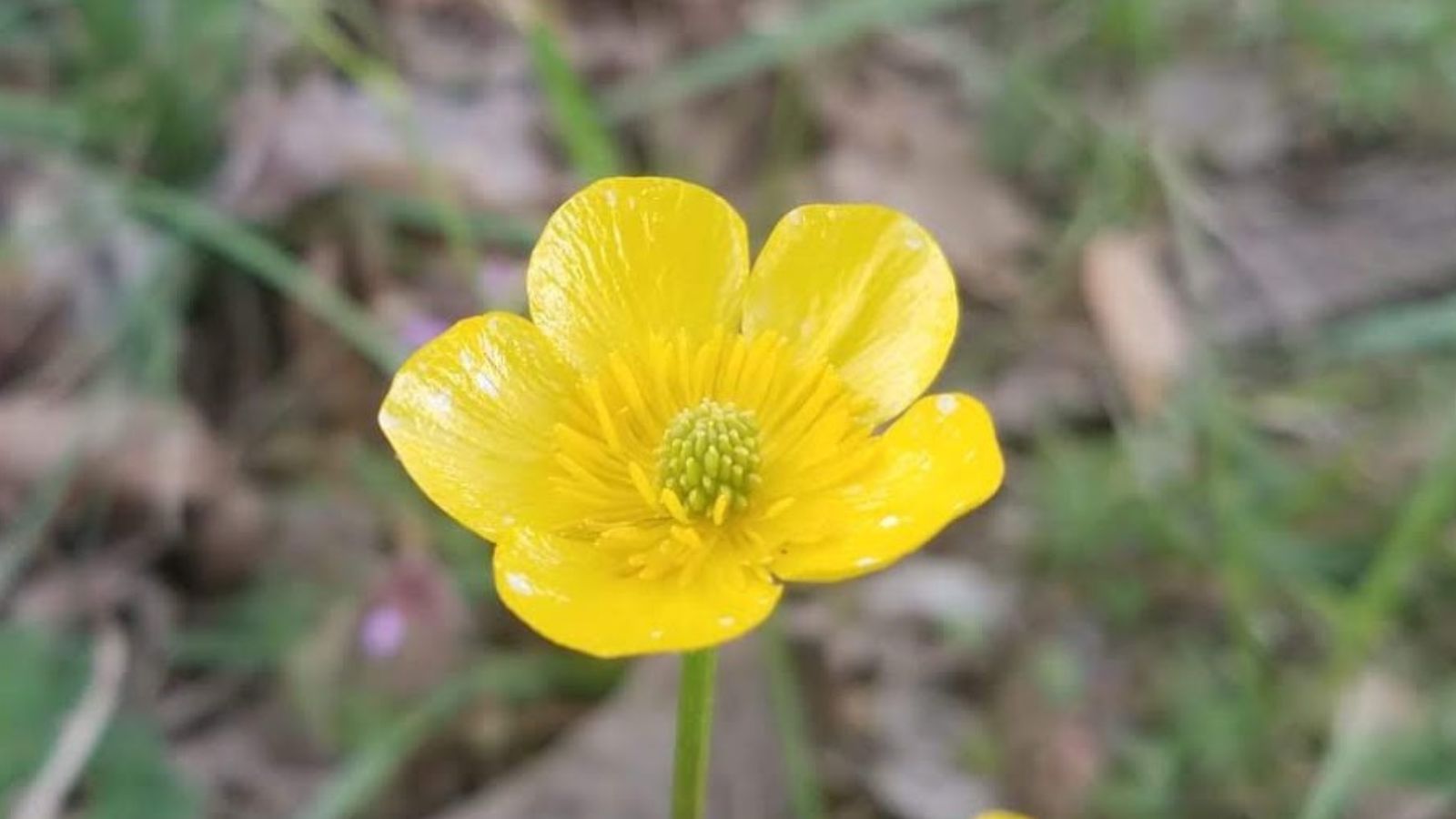
Image credit: Backyard Garden Lover.
- Buttercups (Ranunculus spp.) are those bright yellow cup-shaped flowers with five shiny petals. The leaves have three or five deeply toothed lobes, depending on the species.
- Bulbous buttercup (Ranunculus bulbosus) grows from bulbous roots, called corms, their foliage has three lobes, and they bloom throughout spring.
- Creeping buttercups (R. repens) look almost identical but have larger leaves and bloom later, around midspring through midsummer. They also spread aggressively via runners, hence their name.
- Tall buttercups (R. acris) bloom at the same time as creeping buttercups but have five-lobed leaves and grow about two to three feet tall.
Problems with Buttercups

Image Credit: Shutterstock.
Aside from taking over a space (like creeping buttercup) or simply looking unsightly in an otherwise uniform lawn, buttercups are toxic to horses and rabbits, among other grazing pets and livestock. They’re an invasive species that grows in heavy soils with poor drainage in late spring.
How to Get Rid of Buttercups in the Lawn
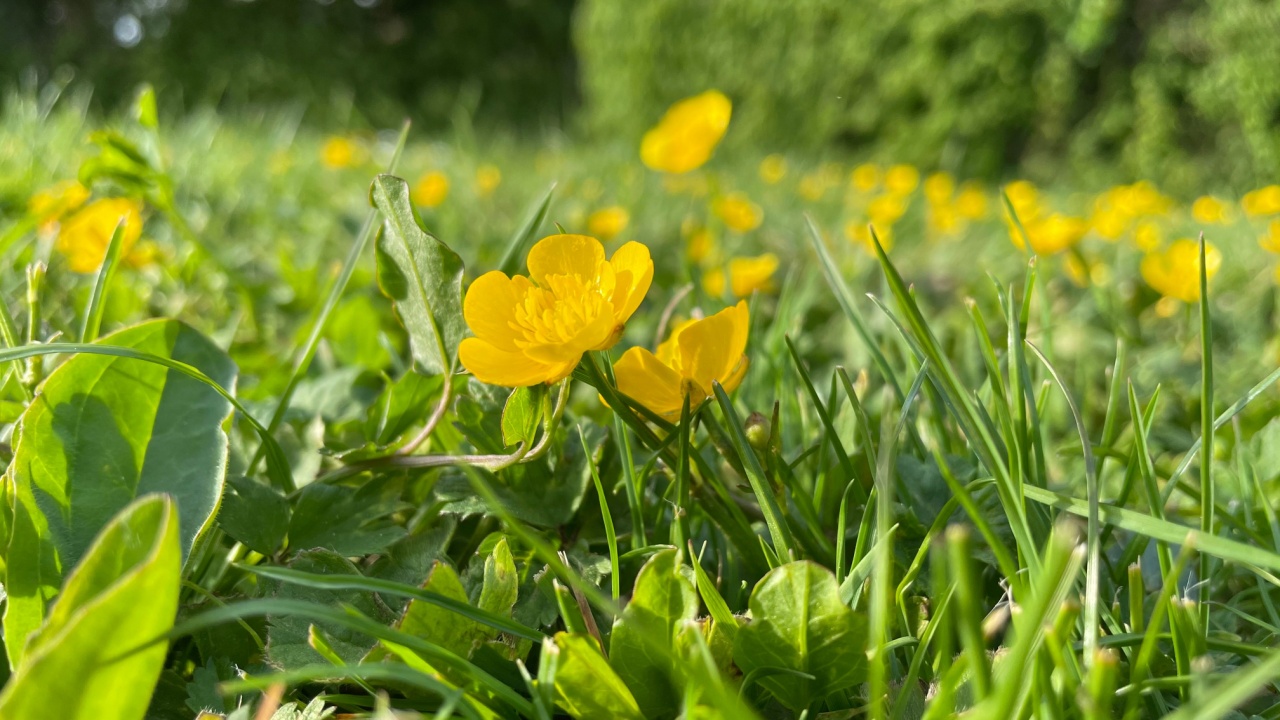
Image Credit: Shutterstock.
There are a few different methods for getting rid of buttercups, but I always recommend trying chemical-free options first to avoid harming non-target plants, pollinators, and other wildlife.
Additionally, the best time to take action against buttercups and other weeds is before they flower; otherwise, you risk letting them reseed before you can remove them.
Mechanical Control for Buttercups- 1. Dig Them Out

Image Credit: Shutterstock.
If you only have a few buttercups or a small patch to deal with, hand pulling is an effective solution, so grab a hand trowel or your favorite weeding tool and dig them out. Make sure to remove as much of the roots as possible to prevent re-sprouting!
For larger infestations, try using a digging fork to loosen the soil around all of the buttercups, then go back through and lift them out with your weeding tool.
2. Enlist Chickens
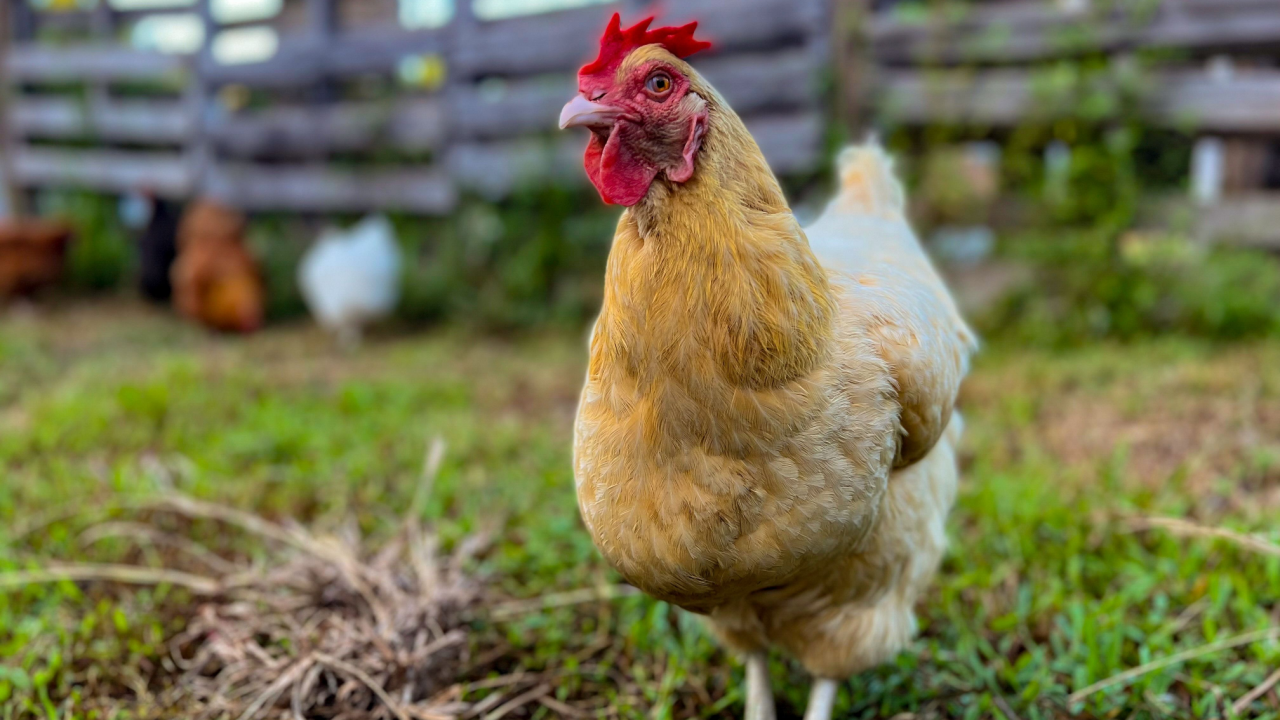
Image Credit: Shutterstock.
While buttercups are toxic to many types of livestock, they are just fine for chickens (and pigs!) to devour. If you have a flock of hens, set up a temporary pen or move their coop, if it’s mobile, to the area of concern, and let them do the work for you.
3. Chemical Control for Buttercups

Image Credit: Shutterstock.
I’ll say it again: please don’t use herbicides as a first-resort solution. These chemicals are overused, causing all kinds of soil, water, and related environmental problems.
Spot spray. Depending on how many buttercups you’re dealing with (a small area), if you choose to go the herbicide route, a spray bottle of selective weed killer from your local hardware store might do the trick. Make sure to choose a selective weedkiller, designed to kill weeds but not your lawn, and spray each buttercup plant, taking care to avoid misting nontarget plants (make sure to read the instructions on the label first!). You might need to go back through in about six weeks for some follow-up spraying.
Backpack spray. If you have a carpet of the bright yellow flowers of buttercups and digging and spot spraying just don’t seem like they’re going to cut it, you might want to try a weedkiller concentrate. This type of herbicide should be diluted per the manufacturer’s instructions and used with a backpack sprayer. Again, avoid spraying nontarget plants if at all possible, and spray during calm weather to keep the chemicals from landing where you don’t want them.
Buttercup Prevention- 1. Mow Regularly
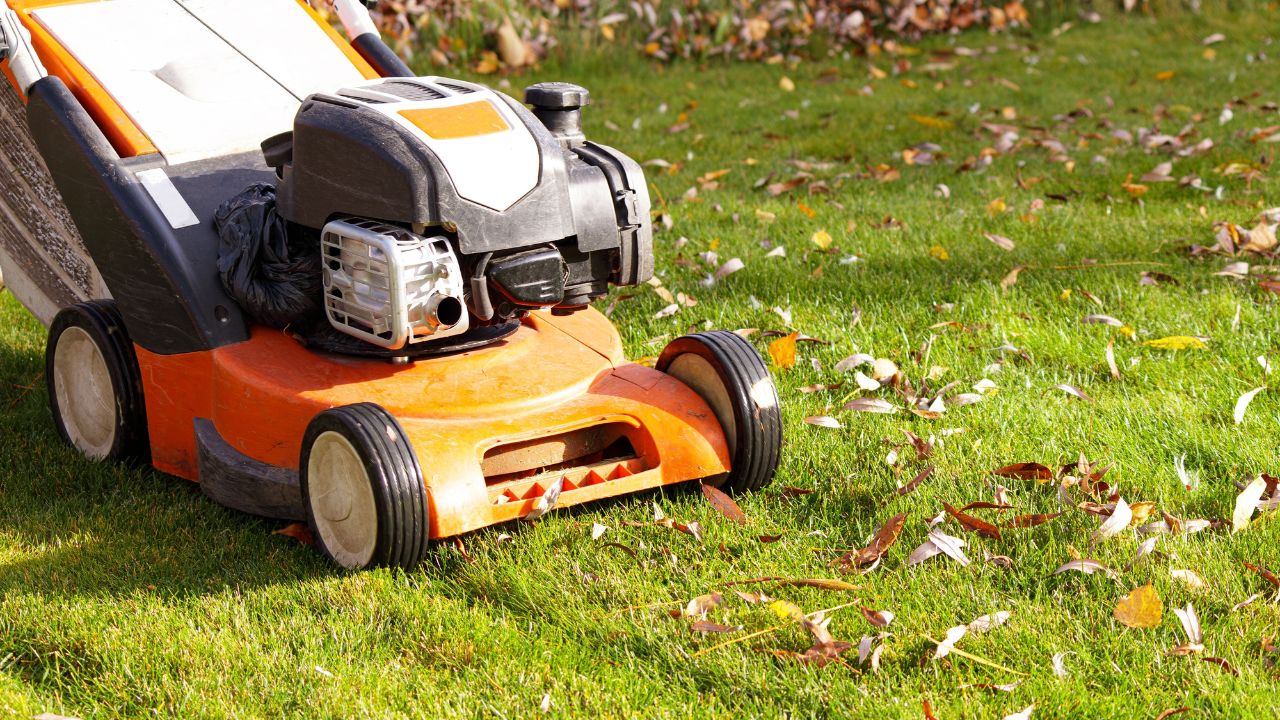
Image Credit: Shutterstock.
Once you’ve removed all of the buttercups from your lawn, you’ll want to keep them from coming back again next year!
Rather than let the grass grow long and then cut it short, stick to a regular mowing schedule. This means that you’re not cutting off as much of the leaves each time, lessening the shock to the grass and allowing it to remain healthier. It also encourages the grass to grow sideways, rather than upward, resulting in a denser lawn with less space for weeds to pop up.
(Tip: Switch to an electric lawn mower to reduce expensive gasoline use and cut down on emissions!)
2. Scarify Your Lawn
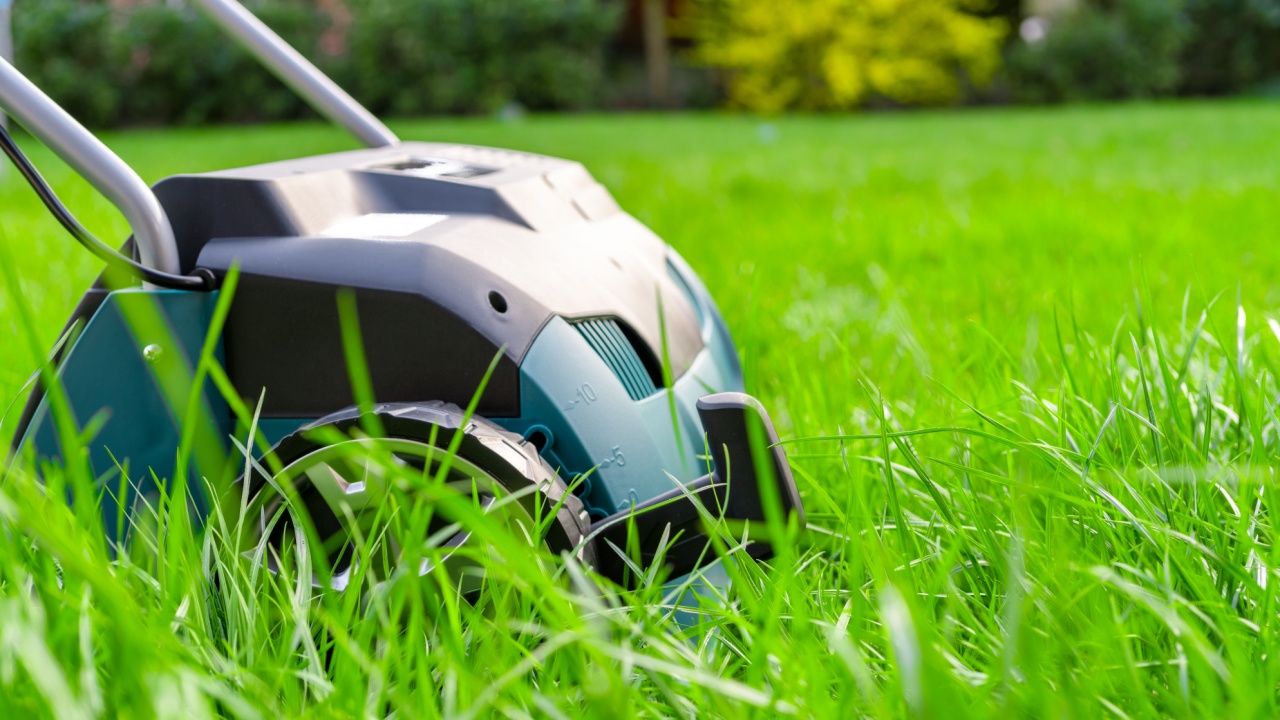
Image Credit: Shutterstock.
Over time, a collection of old grass clippings and runners — called thatch — builds up in the lawn. While some thatch is good, acting as mulch for the grass, too much can create a barrier that prevents air, water, and nutrients from getting to the soil. If your lawn has too much thatch built up, consider scarifying it in spring or fall to remove the thatch.
3. Aerate the Soil
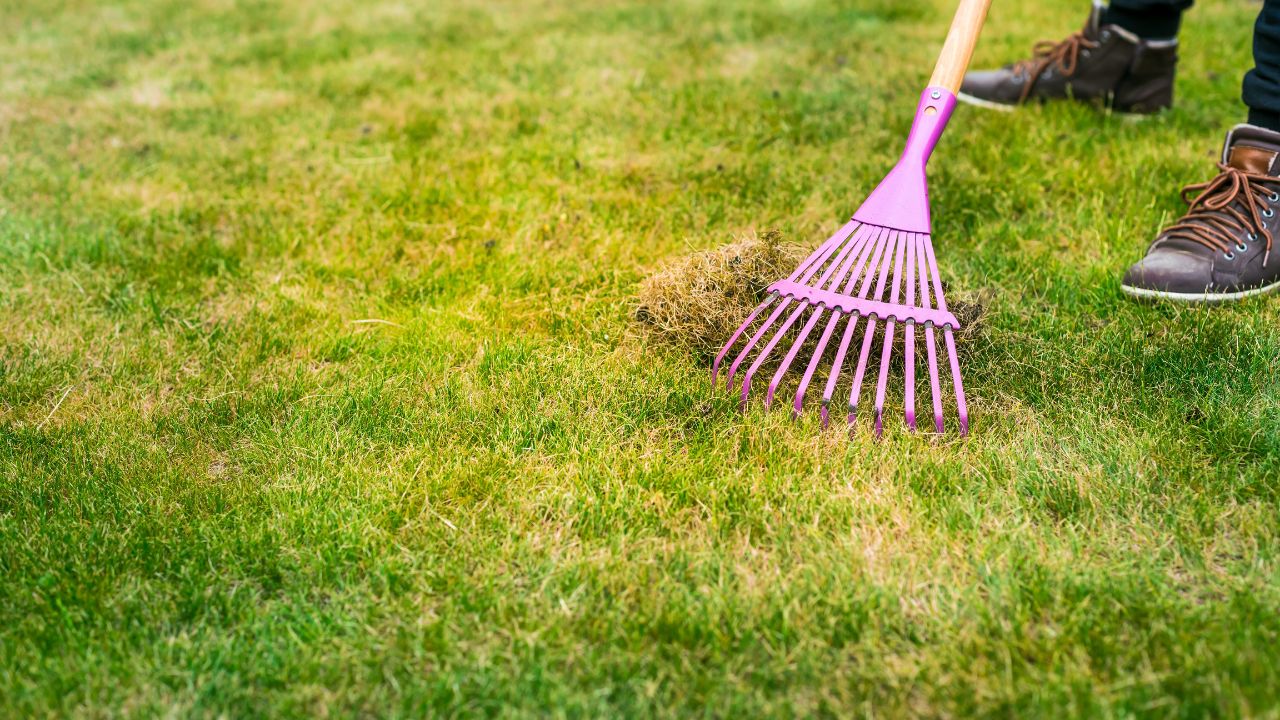
Image Credit: Shutterstock.
Soil compaction also results in unhealthy lawns, but perfect conditions for weeds. If your yard is hard and compacted, try aerating the soil to encourage healthy lawn growth and discourage weeds. Again, spring and fall are the best times for this.
4. Fertilize Annually
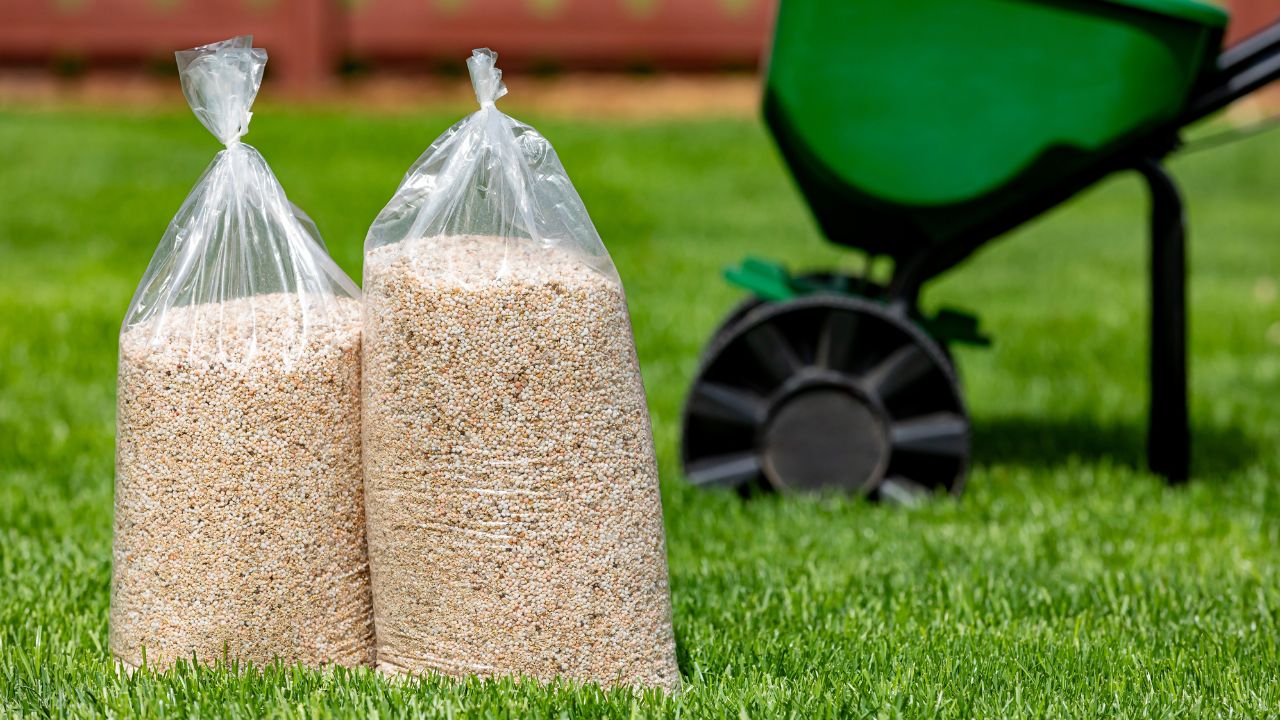
Image Credit: Shutterstock.
Lawns growing in compacted soil and with a thick layer of that might not get enough nutrients. To give it a boost, apply an organic (look for the OMRI logo), slow-release lawn fertilizer, following the package instructions. Don’t overdo it! Chances are, your lawn doesn’t need fertilizer. Only apply fertilizer if your lawn truly shows signs of struggling, and do so just once per year.
Controlling buttercups in the lawn doesn’t have to be a big headache. Digging them out is often the best option, and a digging fork can make the job easier for larger infestations. And if you have chickens, all you have to do is sit back and watch!



How To Get Rid Of Weeds For Good
Wednesday 26th of July 2023
[…] how to get rid of buttercups in the lawn […]
How To Get Rid Of Pokeweed Simply And Effectively
Wednesday 26th of July 2023
[…] how to get rid of buttercups in the lawn […]